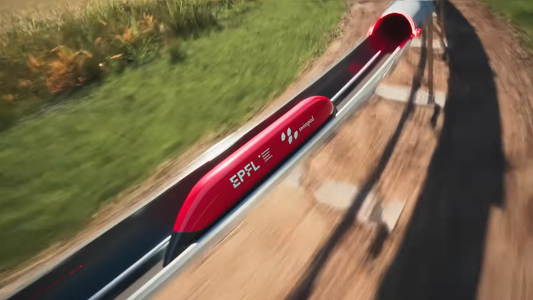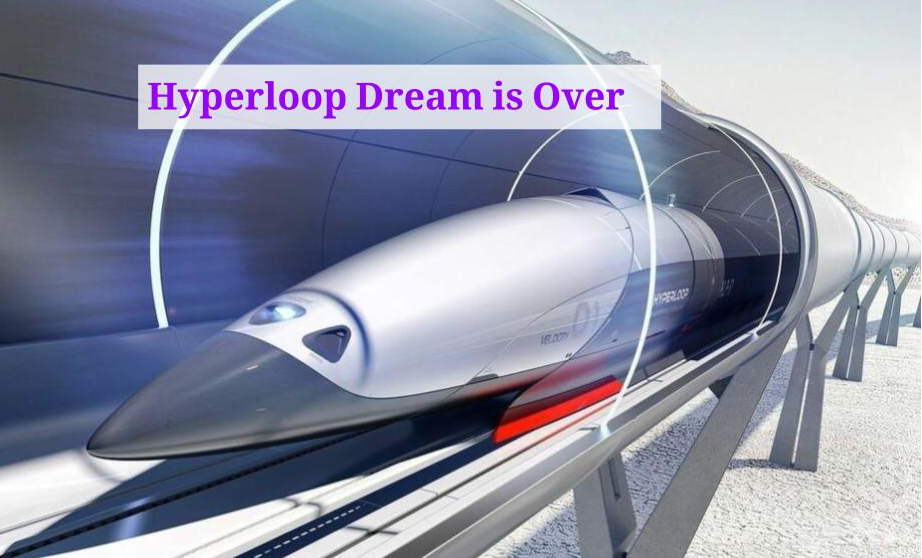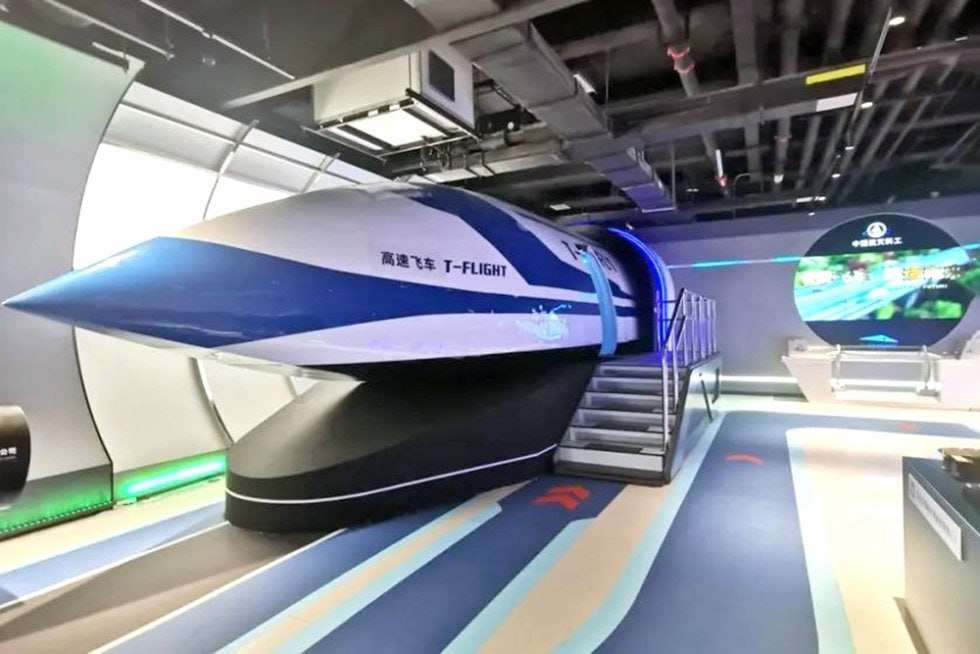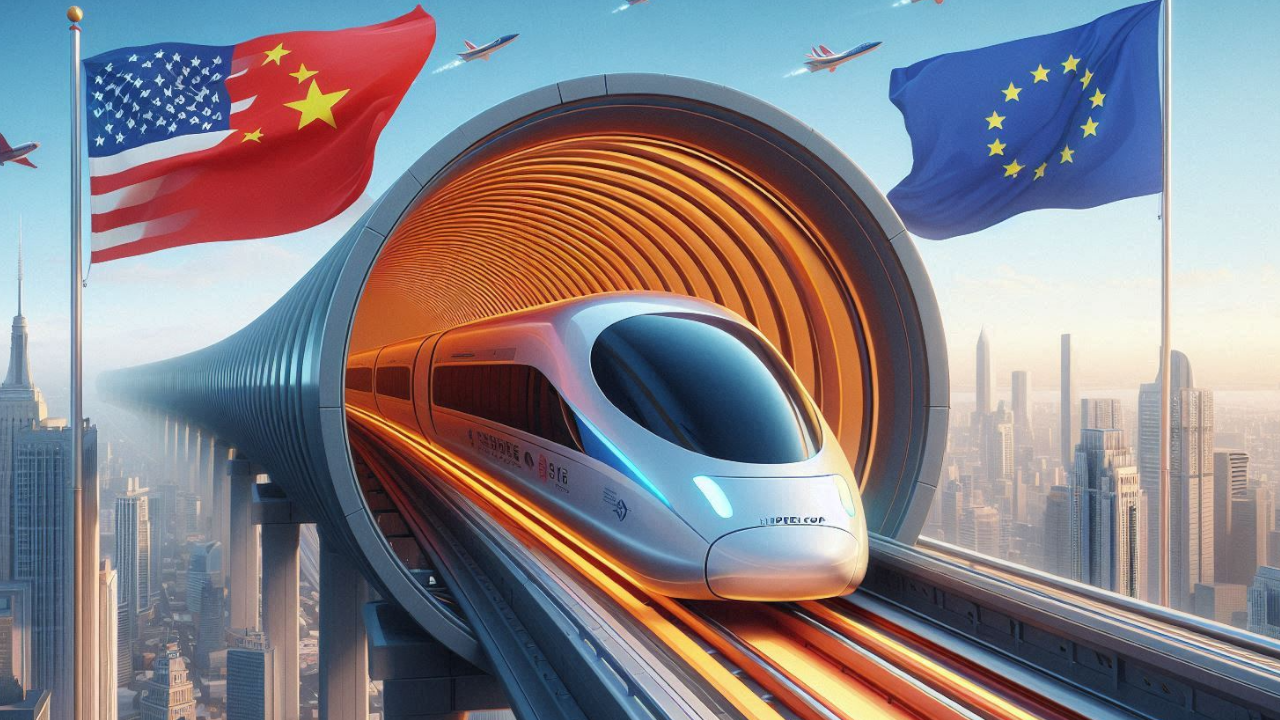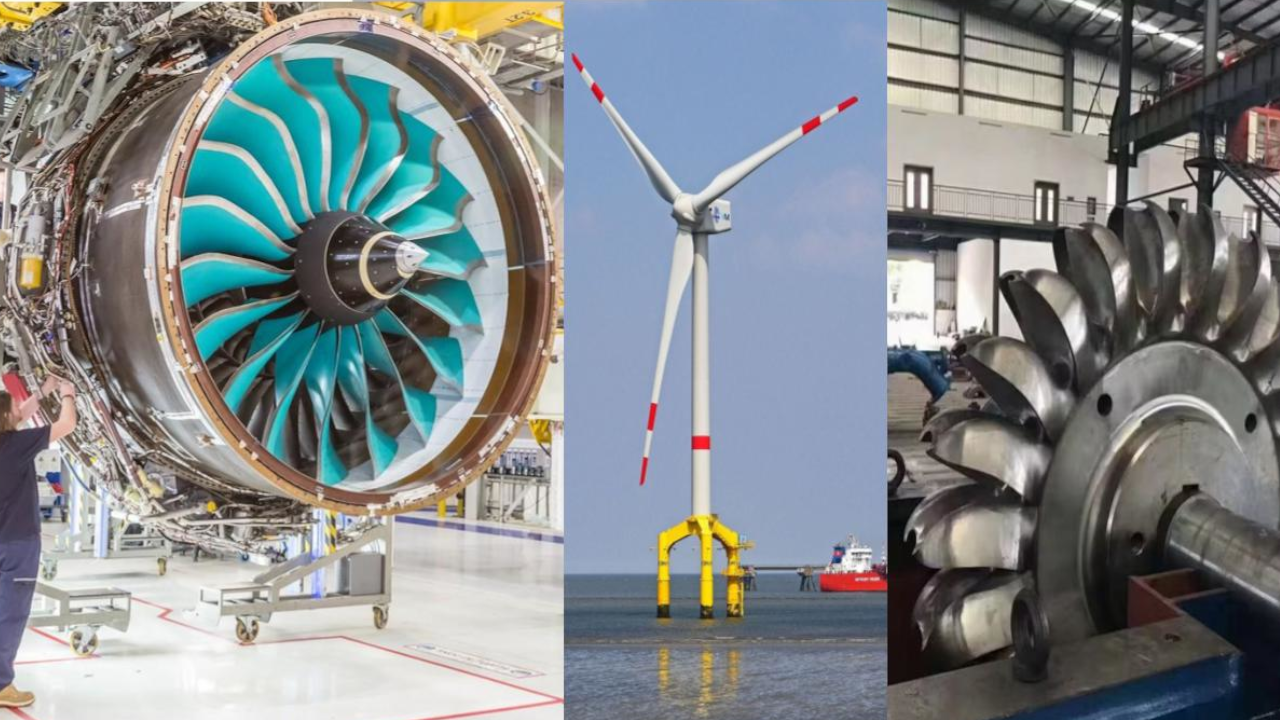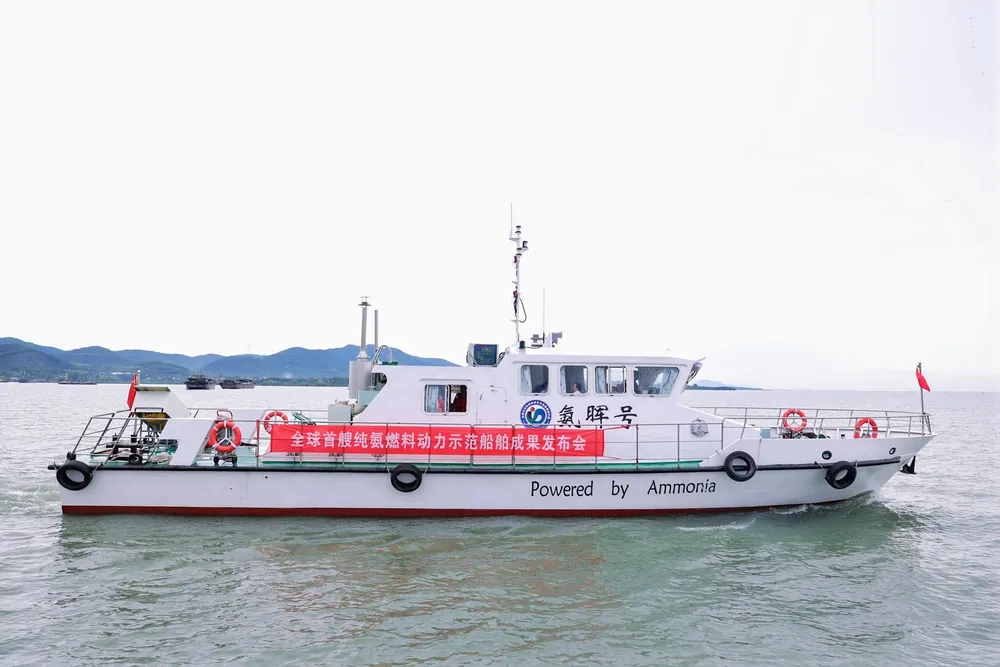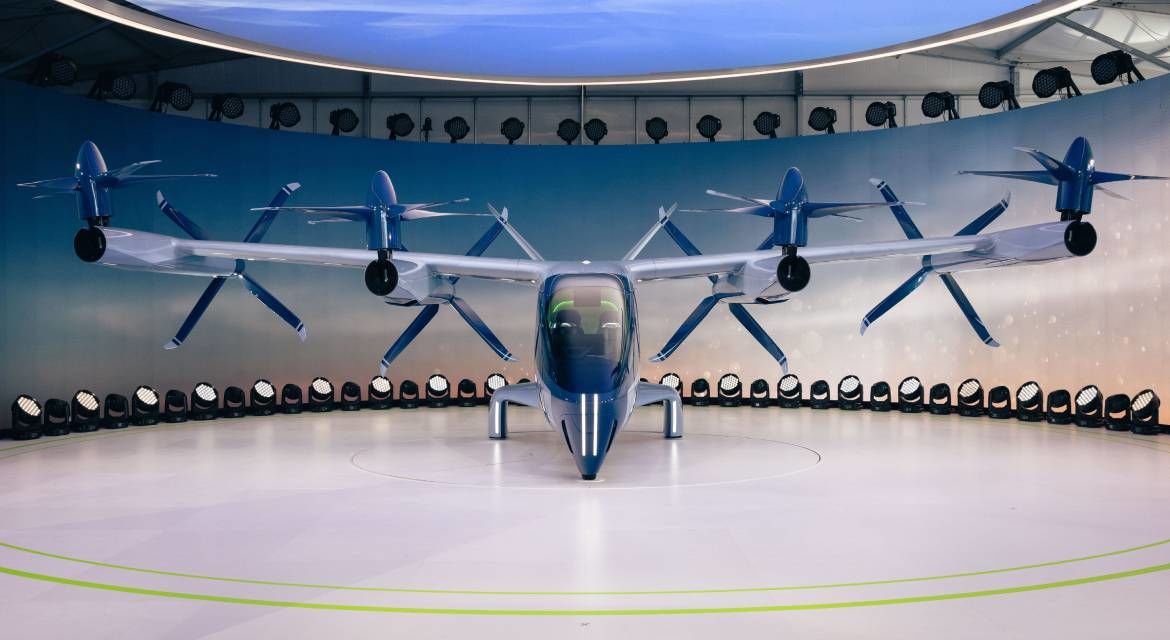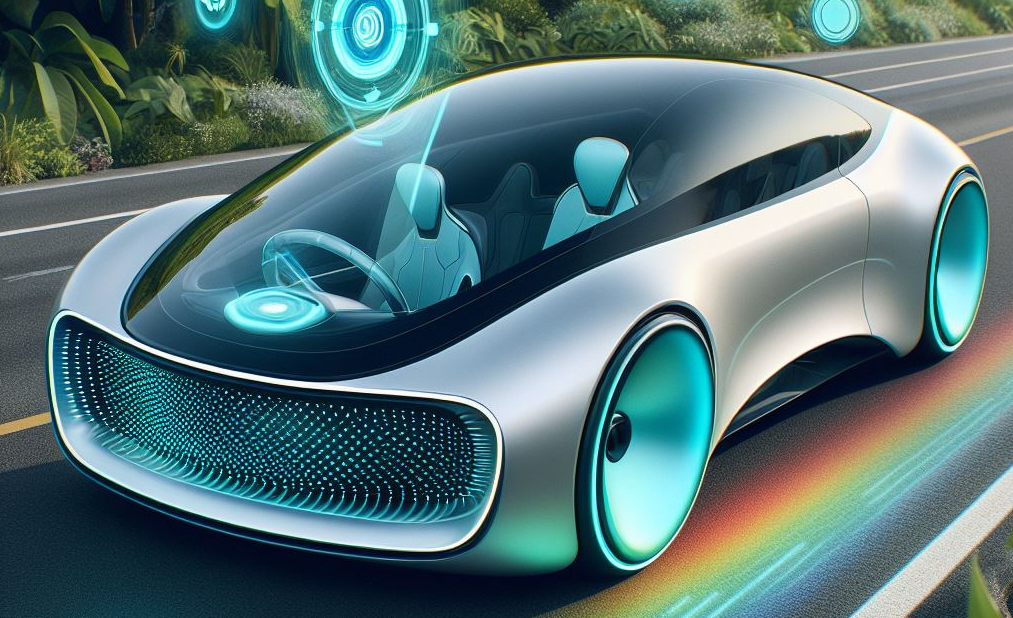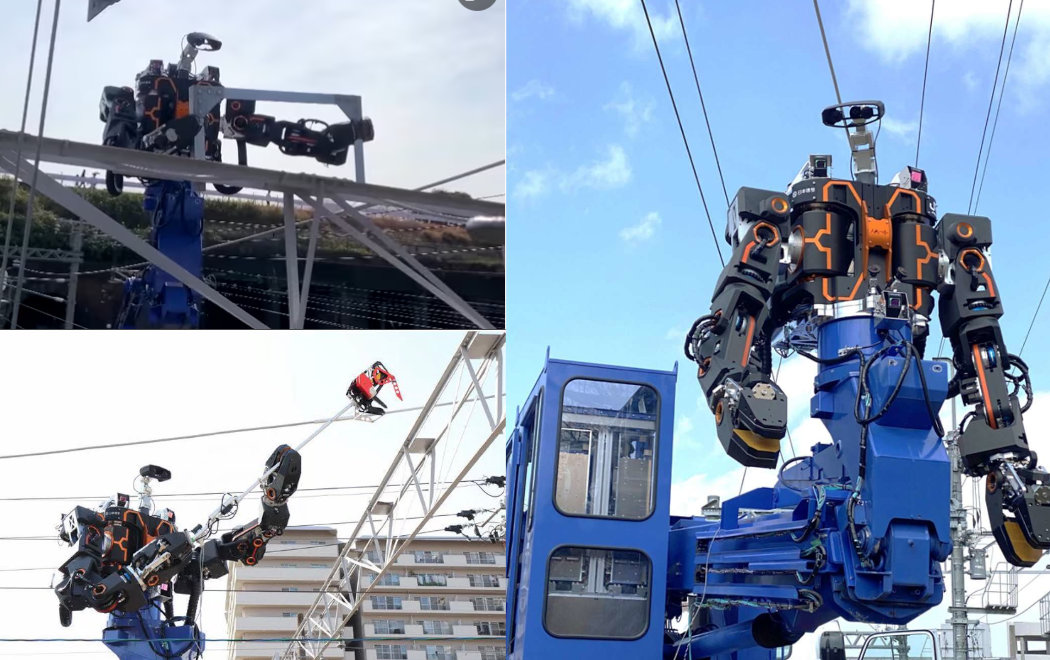The European project for electromagnetic transportation within a low-pressure tube (Hyperloop) has achieved a significant milestone. A vehicle powered by a linear induction motor has successfully completed a 11 km test run within a low-pressure loop at a speed of 40 km/h. According to the team, if conducted in a full-scale infrastructure, this translates to a distance of 141 km and a speed of 488 km/h.
The Hyperloop consists of two primary components: a fully electric vehicle and a low-pressure tube infrastructure. The team has constructed an experimental prototype of the Hyperloop tube as a circular track with a diameter of 40 centimeters and a circumference of 125.6 meters, a 1:12 scale model of what the team aims to build in reality.
The team is focused on developing a new linear induction motor (LIM) to both propel and levitate the vehicle. Following successful tests on the scaled-down prototypes, full-scale models will be constructed.
A total of 82 tests were conducted on the Hyperloop pod within a low-pressure environment of 50 millibars. The longest journey covered a distance of 11.8 km, and the maximum speed achieved was 40.7 km/h. The team claims that these figures could translate to a full-scale journey of 141.6 km and speeds of up to 488.2 km/h.
The Hyperloop is being developed under the “LIMITLESS” project, led by a team of researchers from European universities and companies with the goal of designing an electric induction motor to improve speed and energy efficiency.
The Hyperloop is considered a fast and alternative transportation system. If successful, it could significantly accelerate the movement of people and goods between cities and countries at a lower cost, while also being environmentally friendly as it produces no harmful emissions.
